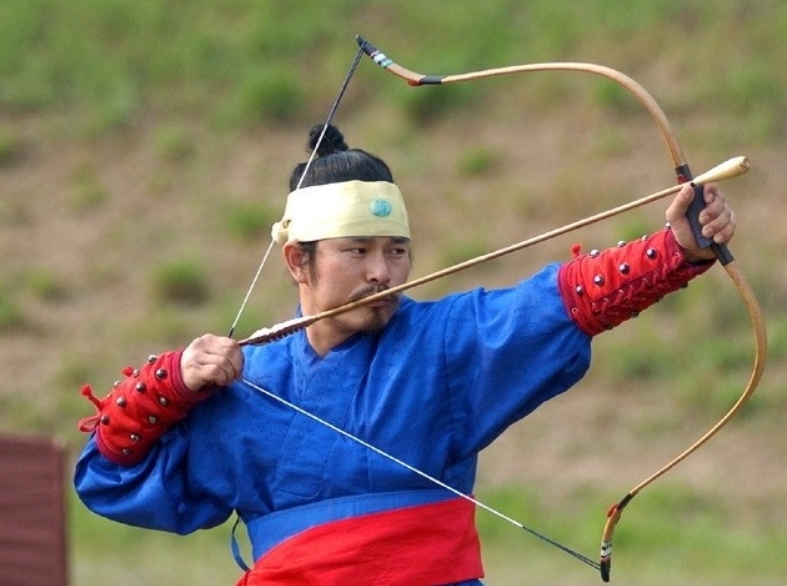Release time:2025-04-03 14:25:50Clicks:author:SPG ArcheryMain categories:Bows, Arrows, Archery Accessories

Qing bows are bows from the Qing Dynasty. Under this premise, all bows in the territory of the Qing Dynasty should be called Qing bows. Moreover, there were strict requirements for the specifications of military equipment throughout the country at that time (the same bow shape could have three specifications in a local area).
The most direct classification of Qing bows should be long-tipped Qing bows and short-tipped Qing bows. Teacher Zhang Yuhua's understanding is as follows: There are still a certain number of old Qing bows in the northwest and Mongolia, but because the archers or archers themselves do not understand or think it is unnecessary (after all, it is not the cold weapon war period), they adjust the distortion of the horn bow and make the long tip short, and the new bow is directly made into a short tip. After this conversation, I visited the entire northern China to investigate this issue.
There are many real objects of the so-called "Qinghai bow" in Inner Mongolia, Northeast China, Gansu, Qinghai, and Tibet, and this short-tipped bow shape accounts for about 97% of the total bow shape in the local area (and some people claim that they have indeed seen their ancestors shorten the bow tip). The comparison ratio of long and short tips of antique Qing bows in Beijing, Tianjin, and Hebei is exactly the opposite! Even the 30-pound bows used by the nobility for entertainment strictly abide by the specifications of the Qing Dynasty's military equipment. This shows a problem. The military equipment requirements near the imperial city are more stringent. Today, the so-called "Mongolian bow" refers more to the Mongolian horn bow.
The bow shape before the Qing Dynasty was certainly not what it is now. The mainstream bow shape is indeed long-tipped and wide-armed (this bow shape has a long history in China and surrounding areas). But it also includes at least two or more high-speed bow shapes (Turkish, Tatar, crab bows...). After being incorporated into the territory of the Qing Dynasty, the military equipment had a relatively unified standard and only then did we have today's bow shape. Qing bows Why are the modern Mongolian horn bows so thick and the string pads so exaggerated? I think it has something to do with the current Mongolian national character---"not being particular about details, as long as it can be used." The thick bow tip can smash walnuts. Although this will greatly reduce the efficiency of kinetic energy output, it seems that Mongolian archers and shooters do not care about this, and after hard training, Mongolian archers can still fully integrate with the bow in their hands and shoot with amazing accuracy.
The Mongolian bow string pad is exaggeratedly large to avoid the bow flipping due to twisting. The Mongolian horn bow I came into contact with a few years ago must be wrapped with fish line to reinforce the bow arm because it uses modern glue. This glue has poor tensile resistance. And modern glue cannot be adjusted by heating to twist. So the string pad must be made large enough and must be in a large V-shape, U-shape or concave shape to "catch" the bowstring.
Last year, I was lucky enough to get a Mongolian horn bow and found that the fish line on the surface of the bow arm was gone. Maybe they started to use animal glue again. But it is still that kind of exaggeratedly large string pad. I have said so much about Mongolian bows just to show that the previous classification method is not rigorous enough. The reason why the short-tipped Qing bow exists is to pursue a simpler maintenance cost than the long-tipped Qing bow. In an era where bows and arrows are not used as the main long-range weapons of individual soldiers and extreme power is pursued, it may seem more "relaxed".